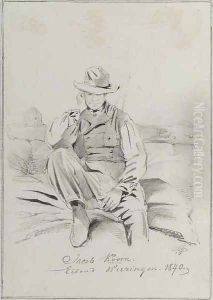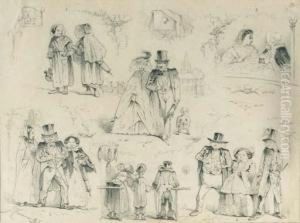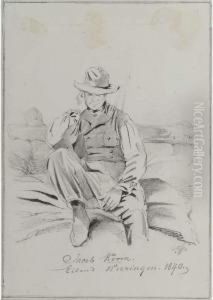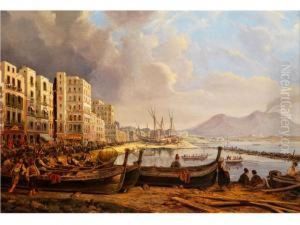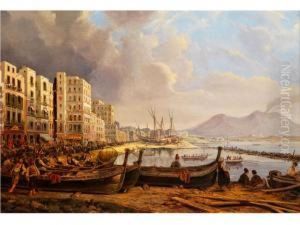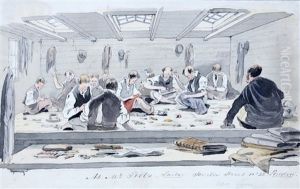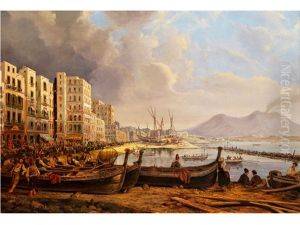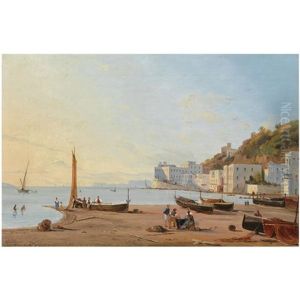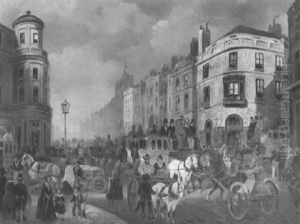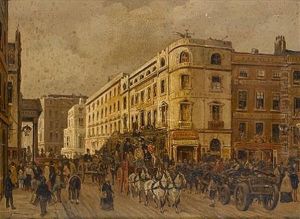Pieter Van Loon Paintings
Pieter van Loon was a 19th-century painter from the Netherlands, born on December 13, 1801, in Amsterdam. He is not to be confused with other artists sharing the Van Loon surname, a not uncommon name in the Dutch context. Pieter van Loon's lifetime spanned a dynamic period in European art, which saw the transition from late neoclassicism to romanticism and the beginnings of modernism.
Van Loon's work was primarily in the genre of landscape painting, a field that was experiencing significant growth and transformation during his lifetime. This was due, in part, to a growing interest in travel and the natural world, as well as the influence of romanticism, which emphasized emotion and individualism, as well as glorification of the past and nature. He was known for his attention to detail, his ability to capture the play of light, and his skill in depicting the serene beauty of the Dutch countryside.
During his career, Pieter van Loon would have been contemporaneous with the likes of the Hague School artists, who focused on realistic portrayals of Dutch landscapes and daily life. However, there is a lack of extensive documentation on his life and work compared to other artists of the period, which suggests that while he may have been a competent artist, he did not achieve the same level of fame or influence as some of his contemporaries.
He died on May 18, 1873, in Amsterdam. Despite not being widely known today, his paintings do contribute to the rich tapestry of 19th-century Dutch art. Works by Pieter van Loon are likely to be found in regional Dutch museums or in private collections, primarily within the Netherlands.
